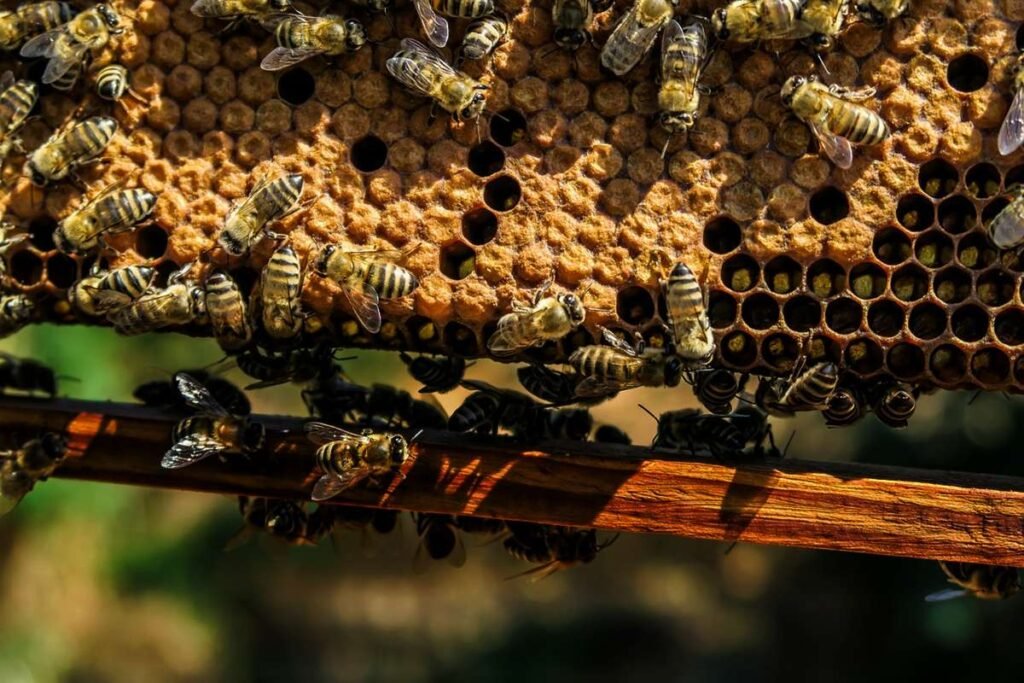The EU Commission has approved the addition of a lime honey produced by French bees from Picardie and a type of pork sausages from Romania’s Valcean region to its list of Protected Geographical Indications.

At the same time, the Commission has added ‘Füred’ from Hungary, ‘Casauria’ from Italy and ‘Aceite del Somontano’ from Spain to its register of Protected Designation of Origin (PDO).
‘Miel de tilleul de Picardie’ is lime honey produced by bees from the nectar of flowers of the Tilia species. The abundance of lime trees in the large forest areas in southern Picardie, a region in northern France, and the temperate maritime climate offer fertile ground for the monofloral honey. The production methods by the region’s beekeepers endow the honey with a slight taste of caramel.
‘Cârna?i din topor din Vâlcea’ denotes are pork sausages from the Valcean region in south-central Romania, which are smoked with beech wood. The taste and tenderness obtained from salting and curing the meat with Ocnele Mari salt is complemented with the flavour of spices and a smokiness.
The Hungarian ‘Füred’ wines are characterised by a medium intensity and dry, fresh, crisp acidity. The PDO recognises the centuries-old experience passed down through generations of winegrowers in the area bordering Lake Balaton, which give rise to the wines’ distinctive taste profiles.
‘Casauria’ wines produced in the traditional way of the central Italian town of Casauria are an intense ruby red colour, with subtle violet tints which turn garnet with long ageing. The wines’ sensory profile is marked by the micro-climate of the Montepulciano grapes’ production area.
‘Aceite del Somontano’ is an extra virgin olive oil from olive trees located in the centre of the Huesca province in Spain, situated between the central Pyrenees and the Ebro valley. Its distinguishing features are the green fruitiness of olives, grass, leaves, almonds, tomatoes and greenery.
The new designations join more than 3,688 protected names already listed in the EU’s eAmbrosia database. For more information, see the Quality Policy pages.